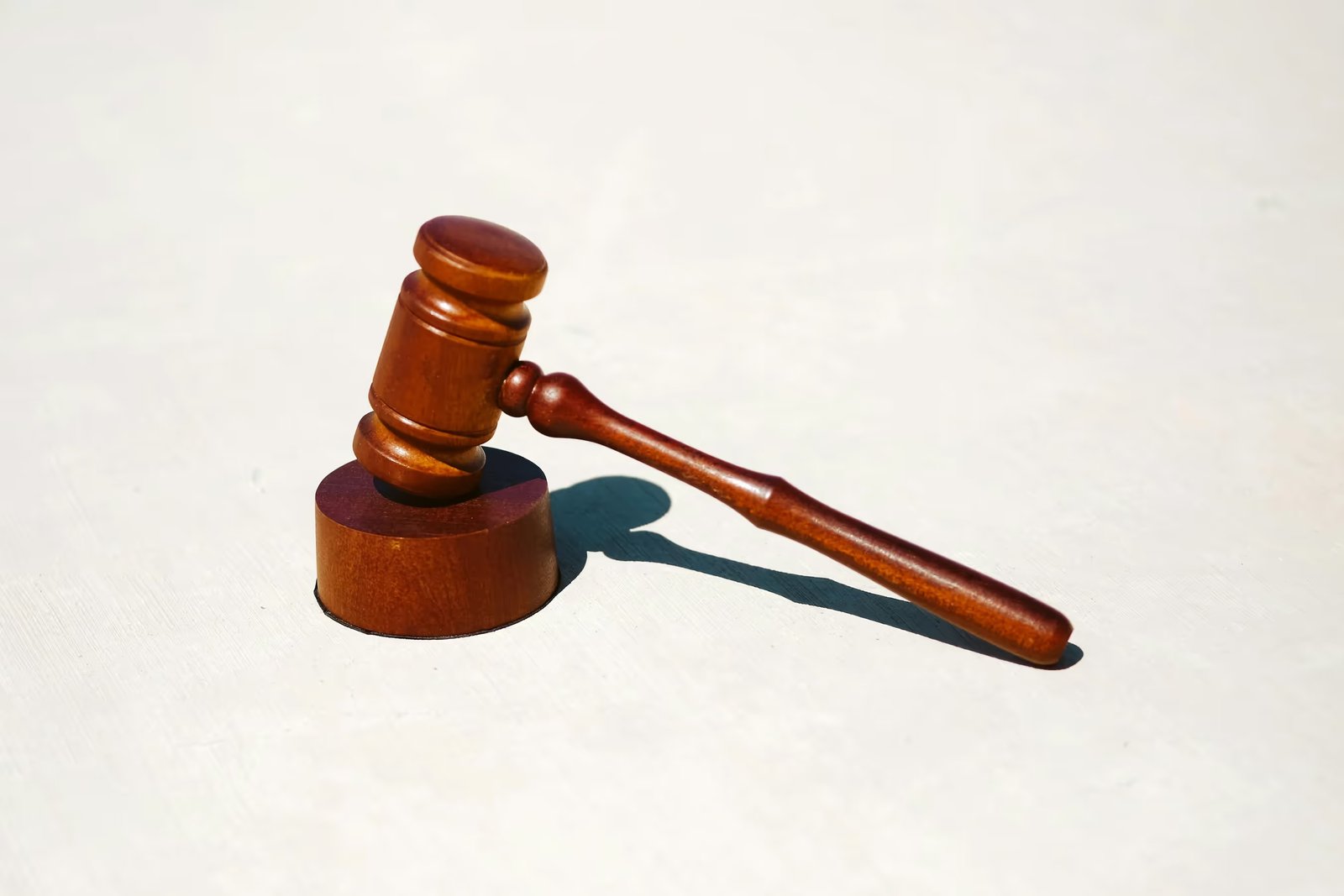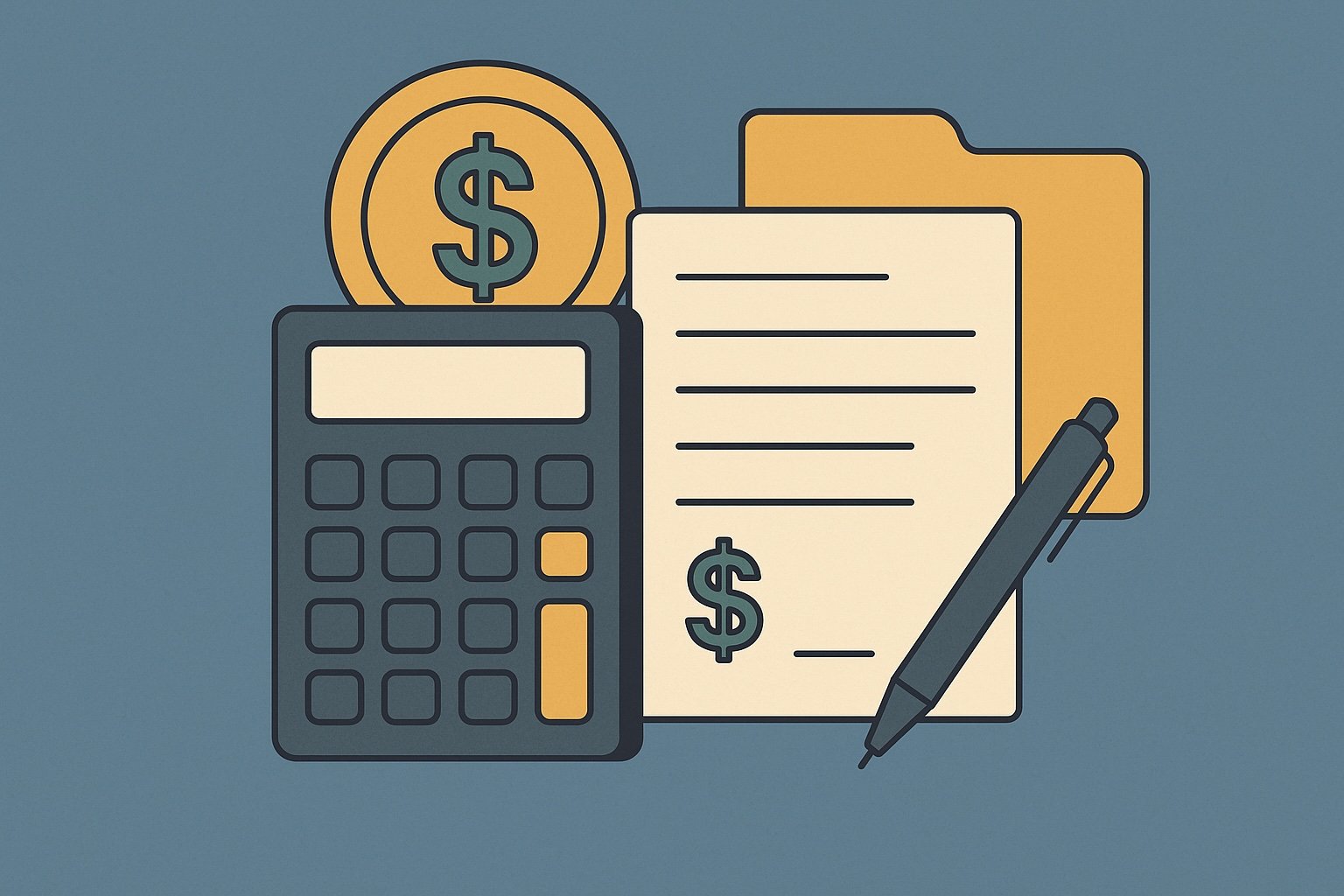Question
ARTE's Answer
Applying for a 1031 exchange involves several steps, and it's crucial to follow them carefully to ensure compliance with IRS regulations and to successfully defer capital gains taxes. Here's a detailed guide on how to apply for a 1031 exchange, with an example to illustrate the process:
- Determine Eligibility: First, ensure that the property you are selling (relinquished property) and the property you intend to purchase (replacement property) qualify for a 1031 exchange. Both properties must be held for productive use in a trade or business or for investment purposes. Personal residences do not qualify.
- Engage a Qualified Intermediary (QI): Before selling your relinquished property, you must engage a Qualified Intermediary, like us at Deferred.com, to facilitate the exchange. The QI will hold the proceeds from the sale of your relinquished property and use them to purchase the replacement property on your behalf. This step is crucial because you cannot have actual or constructive receipt of the sale proceeds.
- Sell the Relinquished Property: Proceed with the sale of your relinquished property. The sale proceeds will be transferred directly to Deferred.com, your QI, to avoid any constructive receipt issues.
- Identify Replacement Property: Within 45 days of selling your relinquished property, you must identify potential replacement properties. You can identify up to three properties regardless of their value, or more than three if their combined value does not exceed 200% of the relinquished property's value.
- Purchase Replacement Property: You must complete the purchase of the replacement property within 180 days of selling your relinquished property or by the due date of your tax return (including extensions) for the year in which the relinquished property was sold, whichever comes first.
- Close the Exchange: Once the replacement property is purchased, Deferred.com will transfer the title to you, completing the exchange. Ensure all documentation is in order and report the exchange on IRS Form 8824 when filing your tax return.
Example: Let's say you own an investment property valued at $500,000, which you plan to sell. You engage Deferred.com as your QI. After selling the property, the $500,000 proceeds are held by us. Within 45 days, you identify three potential replacement properties. You decide to purchase a commercial building for $600,000. Deferred.com uses the $500,000 proceeds to purchase the building, and you secure a mortgage for the remaining $100,000. The transaction is completed within 180 days, and you successfully defer capital gains taxes on the sale of your original property.
By following these steps and using Deferred.com as your QI, you can effectively apply for a 1031 exchange and defer capital gains taxes, allowing you to reinvest in a new property and continue building your investment portfolio.
Have more questions? Call us at 866-442-1031 or send an email to support@deferred.com to talk with an exchange officer at Deferred.
Sources
1031 Question? Ask ARTE
Deferred's AI 1031 Research Assistant is trained on 8,000+ pages of US tax law and outperforms human CPAs by 22%+
CHAT NOW
Learn More
See more frequently asked questions about 1031 exchanges








